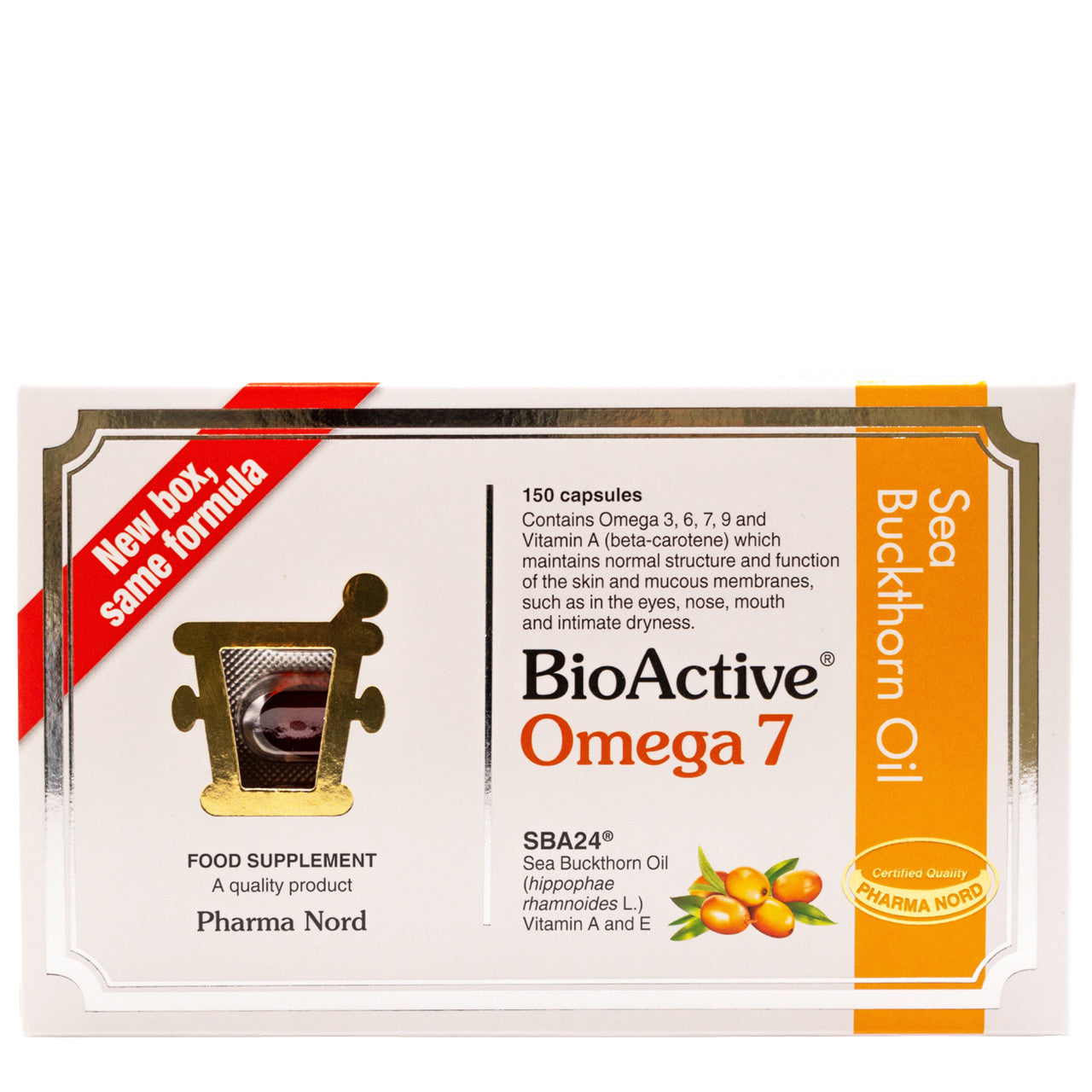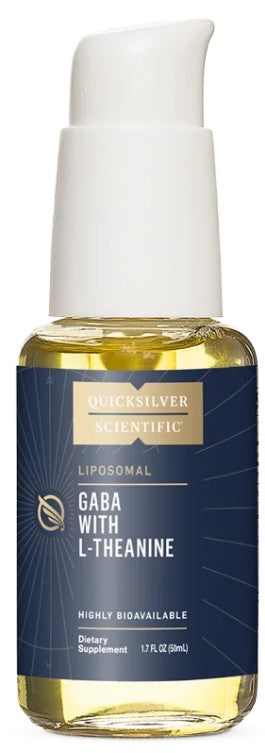Helping Dry Eyes Syndrome
Dry Eyes Syndrome, also known as keratoconjunctivitis sicca, is the inflammation of the particular part of the eye called the conjunctiva or the tear gland. This condition affects nearly 30 percent of the adult population and the typical sufferer is female and middle aged, and it is one of the leading causes for visits to the optician.
Dry Eyes Syndrome can be very uncomfortable and typically the sufferer may experience dry, gritty or scratchy sensations in their eyes. Other symptoms include burning sensations, constant itching, redness, blurred vision and light sensitivity. These symptoms worsen in dry and windy climate especially when the humidity of the air is low. Symptoms also worsen with prolonged use of eyes such as reading, watching television and using the computer. Whilst Dry Eyes Syndrome is not a serious condition, it can really affect the quality of daily life.
What causes Dry Eyes Syndrome?
Normally a thin film of tears coats the eyes to help them keep comfortable. This film also keeps your vision clear throughout the day. The tear film is composed of three layers. The first layer is composed of mucin, which helps to ensure an even spread of the watery middle layer, which is produced by the glands in the upper eyelids and by the tear glands. The outer layer is a thin layer of oils and fats produced by the Meibomian oil glands in the eyelids and the main role of this layer is to prevent the evaporation of water from the eyes.
There are many causal factors that disturb the optimal production of the individual components that form tears and include:
- Exposure to conditions that dry out the tear film.
- Taking medications such as antihistamines and oral contraceptives.
- Inflammation of the eyelids leading to abnormal tear production.
- Structural changes in the eyes associated with the ageing of the body.
- Fatty acid deficiencies particularly the omega 7 essential fats.
- Certain health conditions such as diabetes, arthritis and Sjogren’s which can also cause a dry mouth.
- Hormonal changes.
By far the single biggest causal factor for Dry Eyes Syndrome are hormonal changes as women approach the perimenopause and menopause. There are oestrogen and testosterone receptors on the cornea of the eye and on the Meibomiam Gland which produce the oils and fats. Whilst we do not fully understand dry eyes, what is clear is that there a definite connection between your tears and hormonal imbalances.
Symptoms of dry eyes might be a warning sign that your body is not detoxifying properly and thus inflammation occurs. This inflammation connection is supported by most ophthalmic practitioners who usually encourage patients to increase their omega 3 intake by way of supplements such as fish oil capsules. I have always encouraged people to take omega 3 supplements, especially krill oil for all the multiple protective benefits that the omega 3 essential fats offer to our bodies. However, for those suffering from Dry Eyes Syndrome, I would also recommend that they take an additional supplement containing omega 7 essential fatty acid such as Omega 7 Sea Buckthorn Oil capsules.
In one particular double-blind trial involving over 100 participants, various measurements were made for the stability of the tear film, tear secretion and so forth. These were carried out at the start, after one month and at the end of the three month study. Scientists reached the conclusion that Sea Buckthorn supplements positively helped to counter the multiple symptoms of dry eyes.





